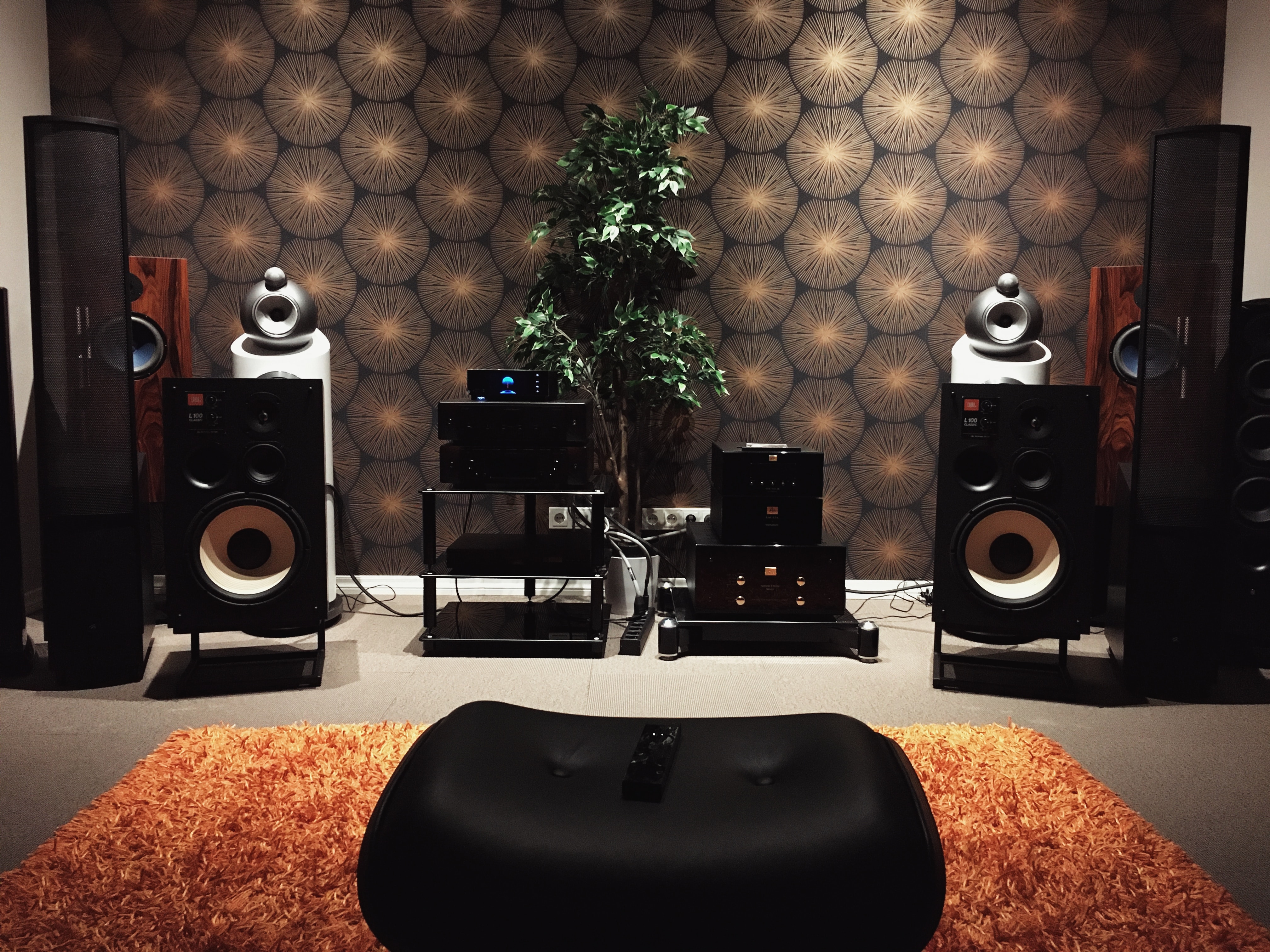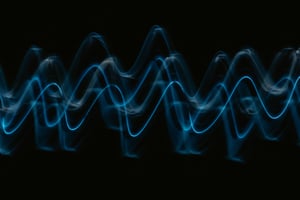Audio 101 for aspiring Audio System Engineers
First, we must understand what we are trying to achieve and in this case that is transmitting an analogue audio signal over a long distance. A simple example - a lectern microphone. This distance could be 10 meter or 100 meters (with professional audio equipment). Let’s forget about connectors and how to wire them, it’s the concept I want to get across.
So, the journey starts at the person talking into a microphone. The microphone turns the acoustic sound waves into electrical signals. The microphone also splits the audio signal and makes one the positive and the other a negative (or an opposite), it sends these signals down the cable. Now along the way both these audio signals will pick up environmental noise, and the environmental noise will both be positive. So, all this reaches the Audio mixer/DSP. At this point the mixer/DSP flips the negative to become a positive and combines the signals as one. (Refer to diagram).
What has been achieved here – the audio signal in effect is positive plus positive, which increase the level of audio signal BUT the noise signal becomes positive plus negative, which basically cancels it’s self out. Simple but beautifully effective.

Concept
This concept was used in audio as far back as the 1950’s and still hold ground today. So, this simple idea of reversing the polarity, changed professional audio. Now polarity leads to part 2 of this adventure. Polarity of speakers. Now hopefully you understand that if you combine two positives you get an increase in sound level, but if you combine one positive and one negative you get a cancellation or at least a decrease in sound level.
This is why speaker polarity (the positive and negative terminals of speakers) is important, you want all your speakers to be working together. This is hard to hear in a distributed ceiling speaker system, but once you know what to listen for you will pick it up. So let take this to your speakers at home Hi-Fi. Let’s focus just on the left and right speakers. (Here comes the audiophile in me). When the speakers are working together you get a complete picture of the artists intention.
Though when one is working against the other, you will get a different picture. The left signal is not exactly the same as the right signal so you will only get a partial cancellation. Sit yourself down so that you can hear both speakers evenly. What to listen for is what is paned center, like vocals, kick drum and bass guitar. If the main vocal is clear and present (in phase – speakers working together). If that vocal is distant and anemic (out of phase – speakers working against each other).
Once you know your PA (Hi-Fi) is in-phase, pour yourself a glass of red (or whatever color you prefer) and enjoy your favorite (vinyl) album or movie.
Balance
Understanding a balanced line was the first thing I would teach to new aspiring sound people. A simple inverting of an audio signal, then inverting back to original polarity would near eliminate any noise picked up on its journey to the listener. This leads on to ensuring that all the loudspeakers were all on the same polarity - working together and not cancelling each other out. This helped as I taught them the tedious task of fixing their own cables.
Thank you for your time and I hope you enjoyed it.
Elio



